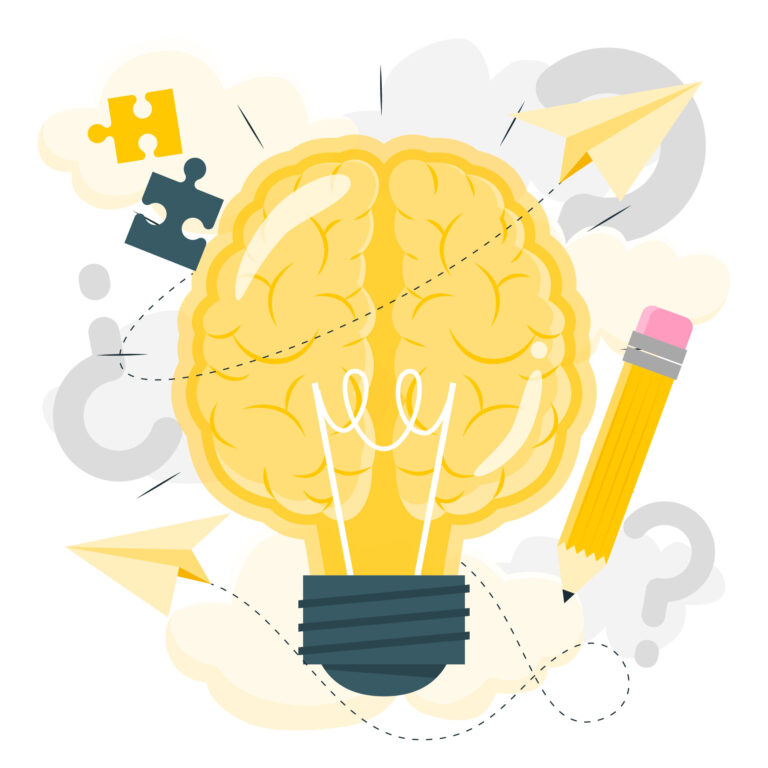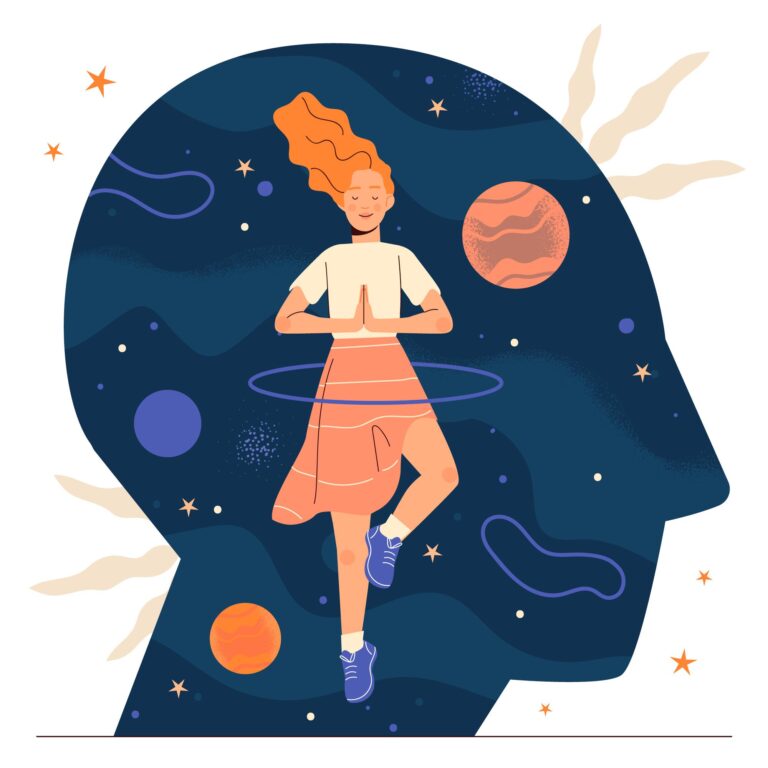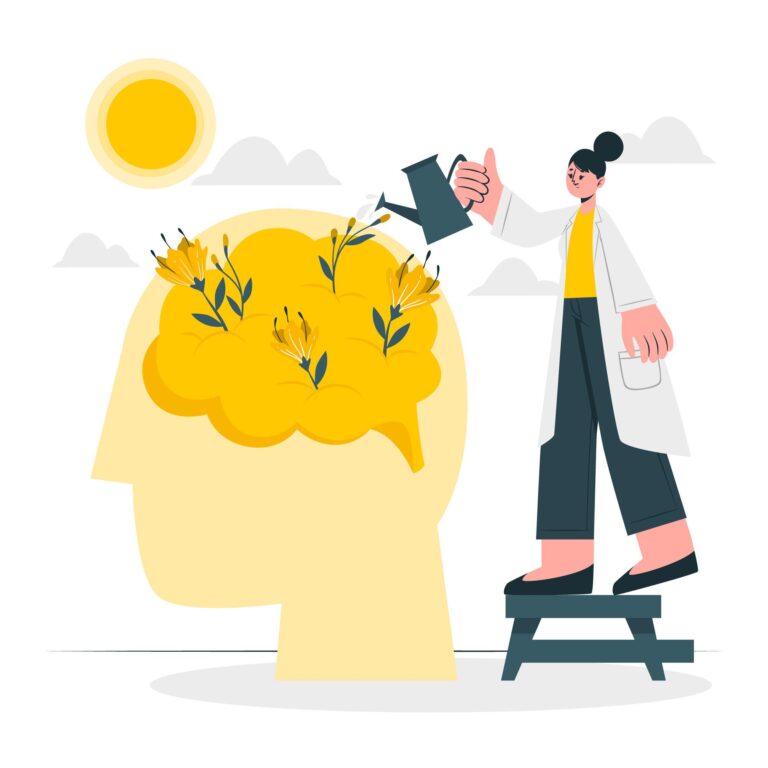A therapy born from observation and science
CBT began developing in the 1950s, during a time when traditional approaches like psychoanalysis dominated the therapeutic landscape. Psychologists such as Albert Ellis and Aaron T. Beck introduced a new way of addressing psychological suffering—by focusing on thoughts, emotions, and observable behaviors.
Their core idea is simple: what we think affects how we feel and how we behave. By changing certain patterns of thought or behavioral habits, we can significantly improve our emotional well-being.

The three waves of CBT
Since its creation, CBT has evolved through several “waves,” each bringing new perspectives.
- The first wave was based on behaviorism, focusing on learning and conditioning. It emphasized that problematic behaviors can be “unlearned” through desensitization or exposure techniques.
- The second wave, in the 1970s and 1980s, added a focus on thoughts. It introduced concepts like dysfunctional beliefs, automatic thoughts, and cognitive self-regulation.
- The third wave, more recent, incorporates concepts such as mindfulness, acceptance, compassion, and personal values. It doesn’t always aim to change thoughts, but sometimes focuses on changing our relationship to those thoughts.
These waves are not mutually exclusive—they complement each other depending on the person’s needs.
How does CBT work ?
CBT is a structured, active, and collaborative therapy. It focuses on solving practical problems by identifying automatic negative thoughts, false beliefs, or unhelpful behaviors that contribute to psychological distress.
Therapeutic work is based on three main pillars :
- Cognitive work: recognizing and challenging automatic thoughts, which are often unrealistic or exaggerated.
- Behavioral work: changing problematic behaviors or avoiding anxious situations through gradual exposure.
Experimentation: learning through direct experience, often by gradually stepping out of one’s comfort zone.
CBT is based on the idea that psychological difficulties are not inevitable—they are learned patterns that can be unlearned.

A therapy focused on action
A Modern and Active Therapy. CBT aims to empower individuals in their own transformation by working on the factors that maintain their difficulties in the present.
Rather than just talking, it encourages concrete exercises between sessions, such as exposure scenarios, relaxation techniques, and journaling.
In this dynamic approach, virtual reality adds real value. It allows for the safe recreation of anxiety-inducing situations, like flying or public speaking. This enables patients to gradually confront their fears in a controlled and effective way. When integrated into therapy, this technology enhances the impact of CBT, particularly for anxiety disorders and phobias.
What conditions Is CBT effective For ?
CBT has proven effective in treating a wide range of psychological disorders, including:
- Anxiety disorders (phobias, social anxiety, panic disorder, OCD, generalized anxiety)
- Depression
- Eating disorders
- Sleep disorders
- Addictions (tobacco, alcohol, drugs, screens…)
- Personality disorders
- Certain issues in children or adolescents (separation anxiety, behavioral disorders)
It can also be helpful in managing chronic illnesses or persistent pain.

